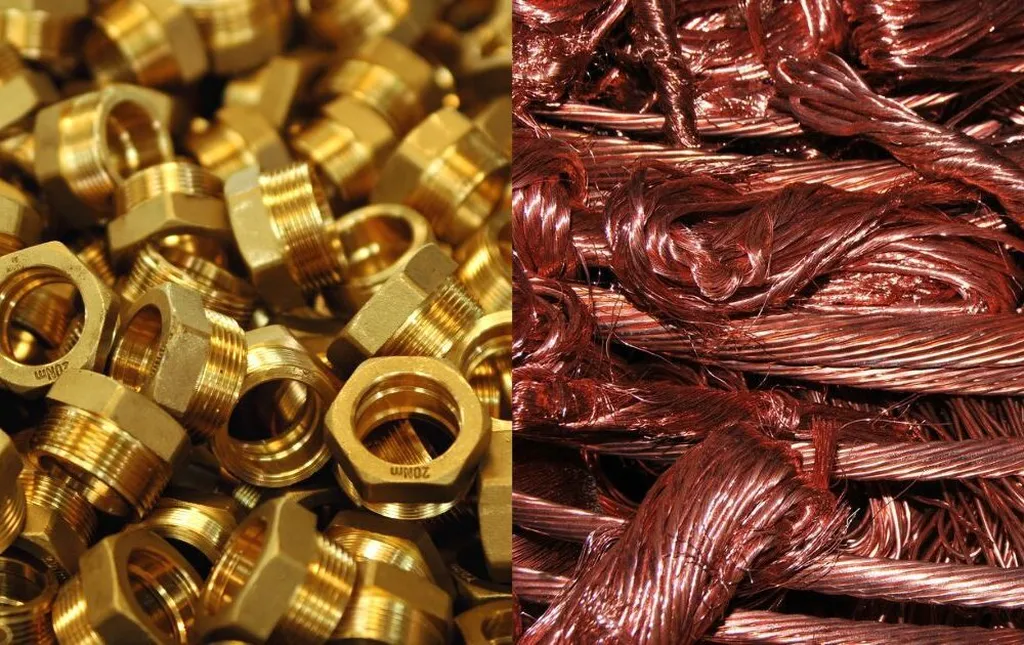In the quest to bolster the strength and reliability of structural materials, a team of researchers led by Eleonora I. Chistyukhina from the A.A. Baikov Institute of Metallurgy and Materials Science of RAS and the University of Science and Technology “MISIS” in Moscow has made significant strides with L68 brass, a copper alloy widely used in various industries, including energy. Their findings, published in the journal “Frontiers of Materials Science and Technology” (translated from Russian), shed light on the potential of combining rotary swaging and annealing to enhance the mechanical properties of this versatile alloy.
L68 brass, known for its excellent corrosion resistance and machinability, has long been a staple in applications ranging from plumbing to energy infrastructure. However, its relatively low strength has limited its use in more demanding environments. Chistyukhina and her team sought to address this limitation by exploring the effects of rotary swaging—a process that involves the radial deformation of a workpiece by two or more dies—and subsequent annealing on the microstructure and mechanical properties of L68 brass.
The researchers found that rotary swaging induced significant changes in the alloy’s microstructure, including the elongation of α-phase grains along the deformation direction and the formation of an ultrafine-grained structure within these grains. “The ultrafine-grained structure, characterized by subgrains, deformation twins, and shear bands, is crucial for enhancing the strength of the alloy,” Chistyukhina explained. This structural transformation translated into a substantial increase in the offset yield strength (σ0.2) and ultimate tensile stress limit (σB) of the alloy, by approximately 10 and 3.5 times, respectively. However, this boost in strength came at the cost of a significant reduction in ductility, with the relative elongation value decreasing by more than six times.
To mitigate the loss of ductility, the team investigated the effects of subsequent annealing at 450 °C. This heat treatment led to static recrystallization, increasing the grain size to 3–5 μm. While this process reduced the strength characteristics compared to the deformed state, it also improved the relative elongation, surpassing both the deformed and initial states of the alloy. “The annealing process strikes a balance between strength and ductility, making the alloy more suitable for a broader range of applications,” Chistyukhina noted.
The study’s findings are particularly relevant to the energy sector, where the demand for robust, reliable materials is ever-present. The enhanced strength and improved ductility of L68 brass, achieved through the combination of rotary swaging and annealing, could open up new possibilities for its use in energy infrastructure, such as pipelines and heat exchangers. Moreover, the alloy’s improved mechanical properties could lead to more efficient and cost-effective designs, benefiting the industry as a whole.
Looking ahead, this research could pave the way for further advancements in the field of materials science. By understanding the intricate relationship between processing techniques, microstructure, and mechanical properties, researchers can continue to push the boundaries of what is possible with copper alloys like L68 brass. As Chistyukhina and her team have demonstrated, the key to unlocking the full potential of these materials lies in the careful manipulation of their microstructure through innovative processing techniques.
In the rapidly evolving energy sector, where the demand for high-performance materials is constantly growing, the insights gained from this study could prove invaluable. By providing a deeper understanding of the factors that govern the strength and ductility of L68 brass, this research could help to shape the future of energy infrastructure, ensuring that it is not only more robust and reliable but also more sustainable and efficient. As the world continues to grapple with the challenges posed by climate change and resource depletion, the development of advanced materials like L68 brass will be crucial in our quest to build a more resilient and sustainable energy future.

